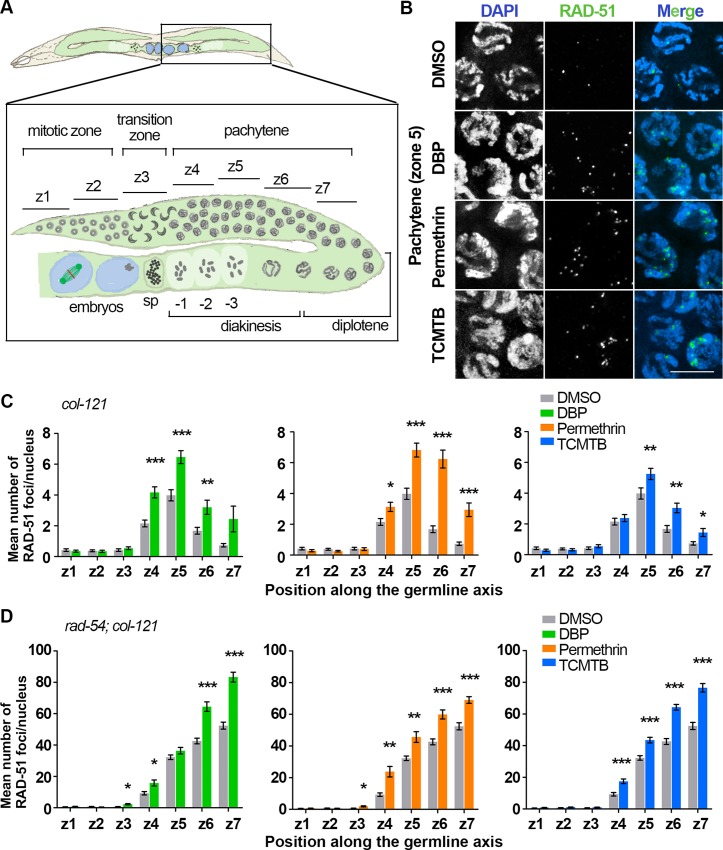Fig 4. Chemical exposures result in increased DSB formation and impaired DSB repair.
(A) Schematic representation of a C. elegans germline indicating the position of the equally sized zones (z1-z7) scored for RAD-51 foci. Nuclei in z1 and z2 are undergoing mitosis. They enter meiosis at z3 when they enter the transition zone, which corresponds to the leptotene/zygotene stages. Nuclei then proceed through pachytene (z4-z7), diplotene and diakinesis on their way into the uterus. sp: spermatheca. -1 indicates the oocyte closest to the spermatheca. (B) Representative images of pachytene nuclei (z5) immunostained for RAD-51 (green) and co-stained with DAPI (blue). Levels of RAD-51 foci in pachytene nuclei are elevated for each chemical exposure compared with control. Note that chromosomes in pachytene nuclei still exhibit a leptotene/zygotene-like organization in the cases of DBP and permethrin exposures. Scale bar, 5 μm. (C) Histograms show the mean number of RAD-51 foci scored per nucleus for each zone from col-121 worms. Elevated levels of foci are observed persisting until late pachytene indicating a defect in DSB repair. >5 gonads from three independent biological repeats were scored for each indicated exposure. Error bars represent SEM. (D) Quantification of the mean number of RAD-51 foci scored per nucleus in rad-54;col-121 worms. DSB levels were significantly higher upon the chemical exposures compared to vehicle alone. 3 gonads were scored for each chemical from two independent biological repeats. Error bars represent SEM. *P<0.05, **P<0.01, ***P<0.001 by the two-tailed Mann-Whitney test, 95% C.I.

